Recognition of LPI Radar Signal Intrapulse Modulation Based on CNN and Time-Frequency Denoising
DOI: 10.23977/jeis.2024.090119 | Downloads: 55 | Views: 1905
Author(s)
Qinghua Hou 1, Huibin Wu 1
Affiliation(s)
1 Henan Polytechnic University, Jiaozuo, China
Corresponding Author
Qinghua HouABSTRACT
Aiming at the problem of low probability of intercept (LPI) radar signal recognition accuracy under low signal-to-noise ratio (SNR), a method for LPI radar signal recognition based on convolutional neural network (CNN) and time-frequency denoising is proposed. Firstly, the Smoothed Pseudo Wigner-Ville Distribution (SPWVD), which performs well under low SNR, is applied for time-frequency analysis of radar signals. Then, a frequency domain filter is designed using the K-means clustering method to reduce noise in the signal. Finally, the basic structure of the CNN network is studied, and a CNN network structure is designed and developed for the proposed LPI radar signal recognition system. Suitable hyperparameters are determined for it through parameter tuning. Time-frequency images are input into the CNN network to extract and learn deep features for radar signal recognition. Experimental results show that when the SNR is -8 dB, the overall recognition accuracy of 12 kinds of LPI radar signals reaches 91.67% using this method.
KEYWORDS
LPI radar signal; SPWVD time-frequency analysis; K-means clustering; Convolutional Neural NetworkCITE THIS PAPER
Qinghua Hou, Huibin Wu, Recognition of LPI Radar Signal Intrapulse Modulation Based on CNN and Time-Frequency Denoising. Journal of Electronics and Information Science (2024) Vol. 9: 142-152. DOI: http://dx.doi.org/10.23977/10.23977/jeis.2024.090119.
REFERENCES
[1] R. G. Wiley, ELINT: The Interception and Analysis of Radar Signals. Norwood, MA, USA: Artech House, 2006.
[2] P. E. Pace, Detecting and Classifying Low Probability of Intercept Radar. Norwood, MA, USA: Artech House, 2009
[3] Wang X Z. Electronic radar signal recognition based on wavelet transform and convolution neural network [J]. Alexandria Engineering Journal, 2022, 61(5): 3559-3569.
[4] S. G. Bhatti and A. I. Bhatti. Radar Signals Intrapulse Modulation Recognition Using Phase-Based STFT and BiLSTM [J]. IEEE Access, 2022, 10: 80184-80194.
[5] Wang C, Gao H and Zhang X D. Radar Signal Classification Based on Auto-correlation Function and Directed Graphical Model [C]. 6th International Conference on Signal Processing, Communications and Computing (ICSPCC), Hong Kong, August 2016.
[6] Huang Z, Ma Z Y and Huang G M. Radar Waveform Recognition Based on Multiple Autocorrelation Images [J]. IEEE Access, 2019, 7: 98653-98668.
[7] Xiao Z and Yan Z. Radar Emitter Identification Based on Novel Time-Frequency Spectrum and Convolutional Neural Network [J]. IEEE Communications Letters, 2021, 25(8): 2634-2638.
[8] Zhang M, Diao M, Gao L, Liu L. Neural Networks for Radar Waveform Recognition [J]. Symmetry, 2017, 9(5):75.
[9] Guo Q, Yu X, Ruan G Q. LPI Radar Waveform Recognition Based on Deep Convolutional Neural Network Transfer Learning [J]. Symmetry, 2019, 11(4):540.
[10] Kong G Y, Koivunen V. Radar Waveform Recognition Using Fourier-Based Synchrosqueezing Transform and CNN [C]. 2019 IEEE 8th International Workshop on Computational Advances in Multi-Sensor Adaptive Processing. Le gosier, Guadeloupe: IEEE Press, 2019: 664-668.
[11] Zhang M, Liu L T, Diao M. LPI Radar Waveform Recognition Based on Time-Frequency Distribution [J]. Sensors. 2016; 16(10): 1682-1706.
[12] Kong S H. Automatic LPI Radar Wave form Recognition Using CNN. IEEE Access. 2018, 6: 4207–4219
[13] Wang C, Wang J, Zhang X D. Automatic Radar Waveform Recognition Based on Time-Frequency Analysis and Convolutional Neural Network [C]. In Proceedings of the IEEE International Conference on Acoustics, Speech, and Signal Processing (ICASSP), New Orleans, LA, USA, 2017, 2437–2441.
[14] LeCun Y, Bottou L, Bengio Y, Haffner P, Gradient-based learning applied to document recognition [J], Proceedings of the IEEE, 1998, 86(11): 2278-2324.
[15] Lopac N, Hržić F, Vuksanović I P and Lerga J. Detection of Non-Stationary GW Signals in High Noise From Cohen's Class of Time-Frequency Representations Using Deep Learning [J]. IEEE Access, 2022, 10: 2408-2428.
| Downloads: | 13909 |
|---|---|
| Visits: | 590371 |
Sponsors, Associates, and Links
-
Information Systems and Signal Processing Journal
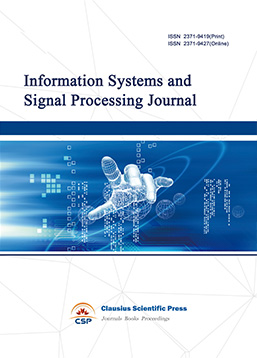
-
Intelligent Robots and Systems
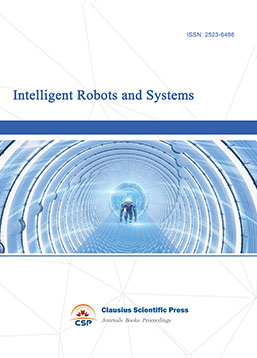
-
Journal of Image, Video and Signals
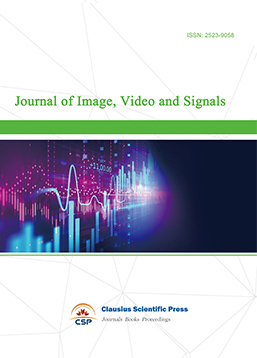
-
Transactions on Real-Time and Embedded Systems
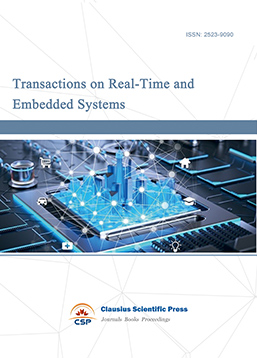
-
Journal of Electromagnetic Interference and Compatibility
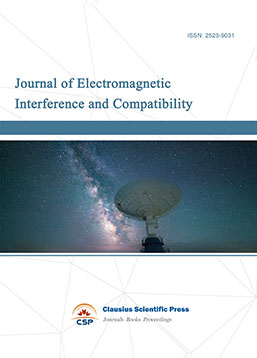
-
Acoustics, Speech and Signal Processing
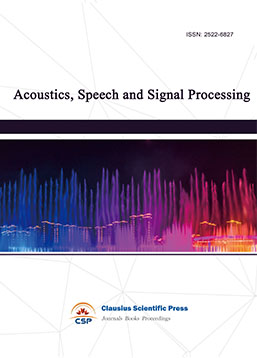
-
Journal of Power Electronics, Machines and Drives
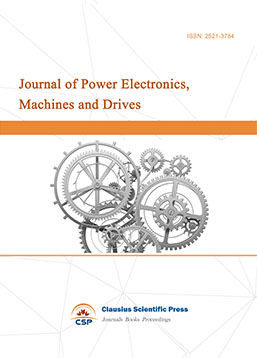
-
Journal of Electro Optics and Lasers
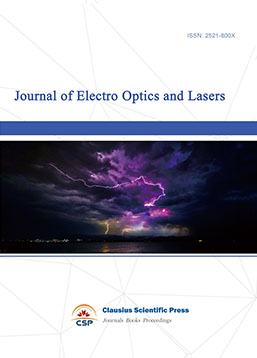
-
Journal of Integrated Circuits Design and Test
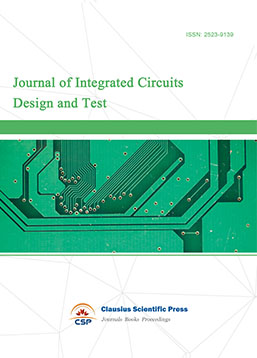
-
Journal of Ultrasonics
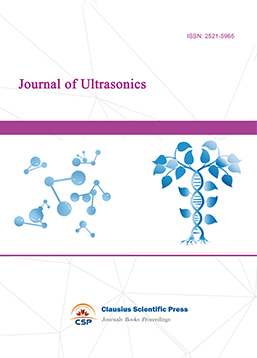
-
Antennas and Propagation
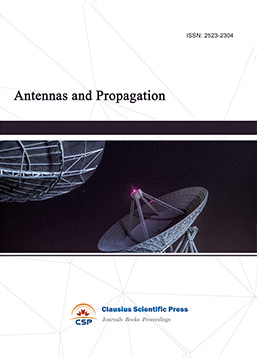
-
Optical Communications
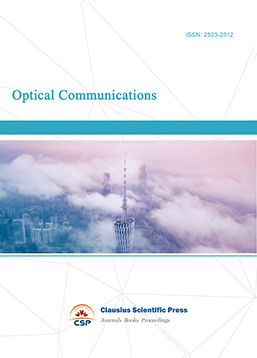
-
Solid-State Circuits and Systems-on-a-Chip
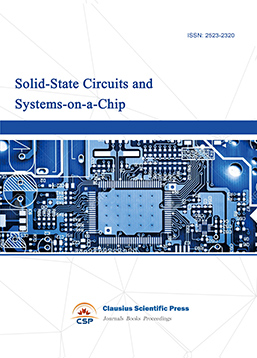
-
Field-Programmable Gate Arrays
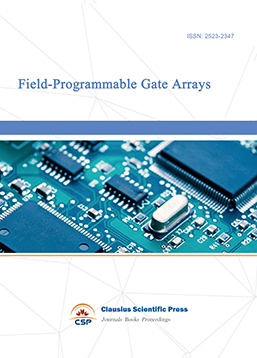
-
Vehicular Electronics and Safety
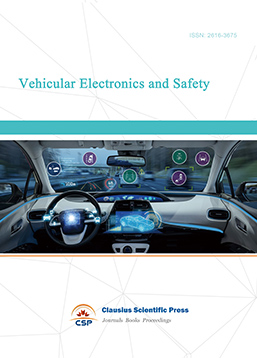
-
Optical Fiber Sensor and Communication
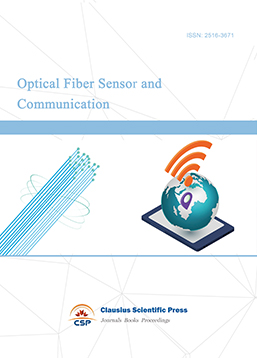
-
Journal of Low Power Electronics and Design
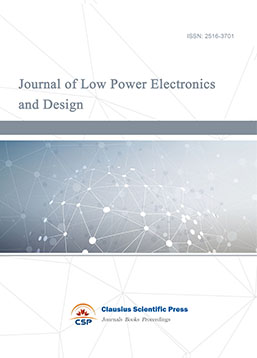
-
Infrared and Millimeter Wave
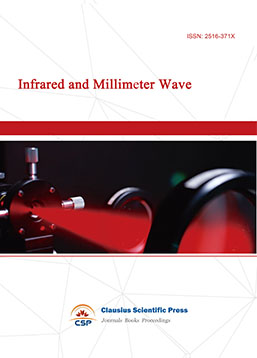
-
Detection Technology and Automation Equipment
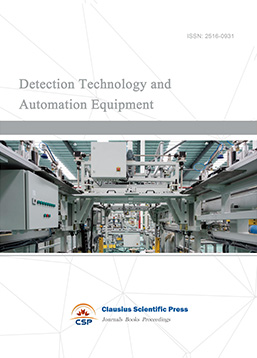
-
Journal of Radio and Wireless
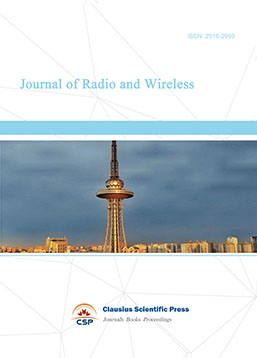
-
Journal of Microwave and Terahertz Engineering
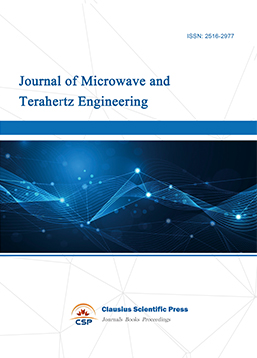
-
Journal of Communication, Control and Computing
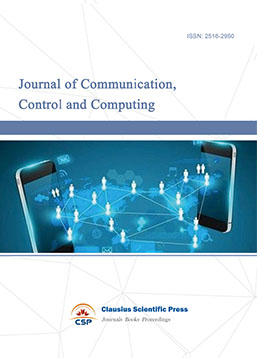
-
International Journal of Surveying and Mapping
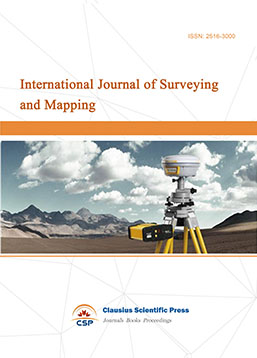
-
Information Retrieval, Systems and Services
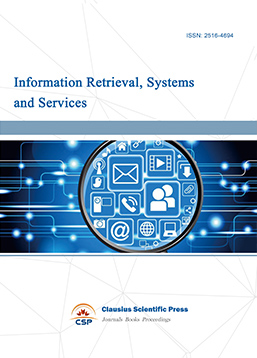
-
Journal of Biometrics, Identity and Security
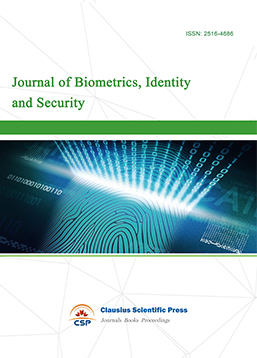
-
Journal of Avionics, Radar and Sonar
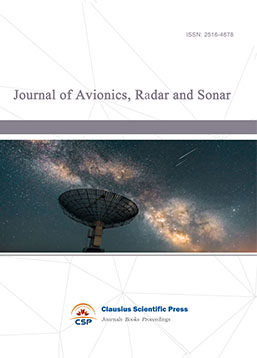

 Download as PDF
Download as PDF